I encountered this problem on a task given to me. Here's the situation:
If the user clicks on "Vat First" then the value is 0. Else, the value is 1.
Then, in this Textbox,
The range of the value permitted is 0 to 15.
Then the example values are saved like this:
"01" = since it's vat first and 1mm Z-axis Up height.
"11" = Platform First, 1mm Z-axis up
"015" = vat first, 15mm
"115" = platform first, 15mm
The reason why it is saved like this because it is the file protocol given to me, and I can't do anything about it. It says there that the value is "Platform Moving order and Z Axis Up height" in 1 byte value.
My problem now is reading the result afterwards for reloading it to the application. How do I know if it just uses 3 or 2 digits since the return of int disregards the 0 in the beginning. "015" = "15" so my application might treat it as Platform First, 5 mm rather than Vat first, 15mm.
Edit: So I just realized thanks to @BenVoigt, that it is saved into a byte and it has 8 bits. According to the protocol given to me, the first 4-bits is the moving order (0 or 1) and the rest is for the Z-Axis Up Height (0-15). For the real question, how do I separate the byte into 4 bits each and get the value?

